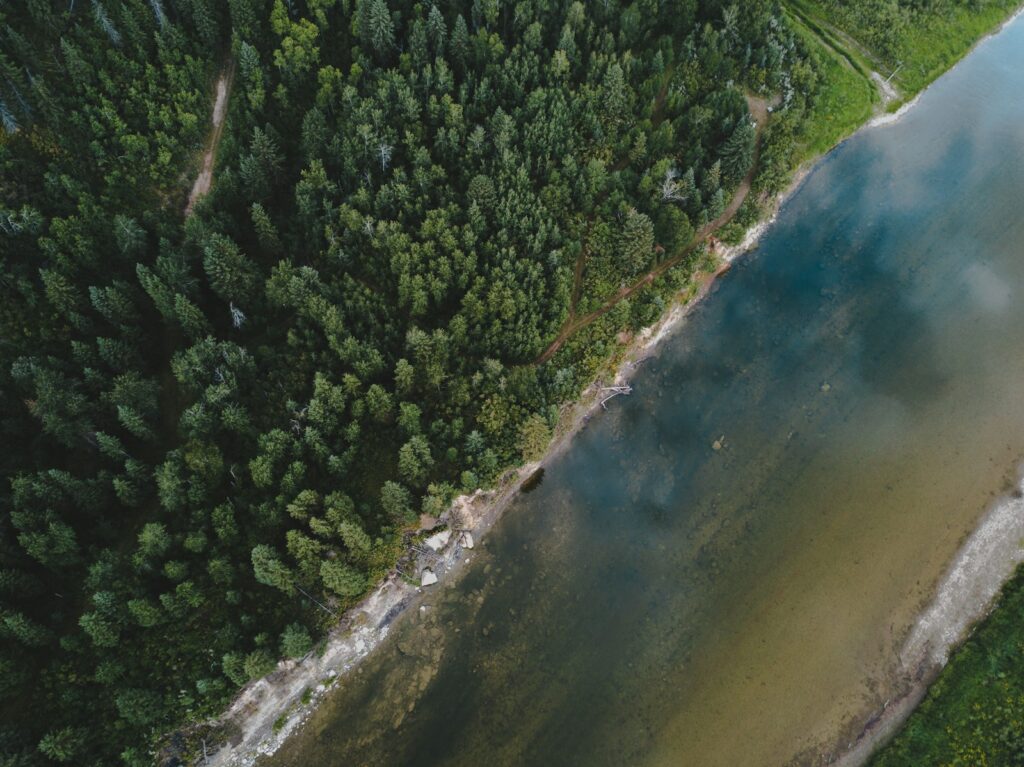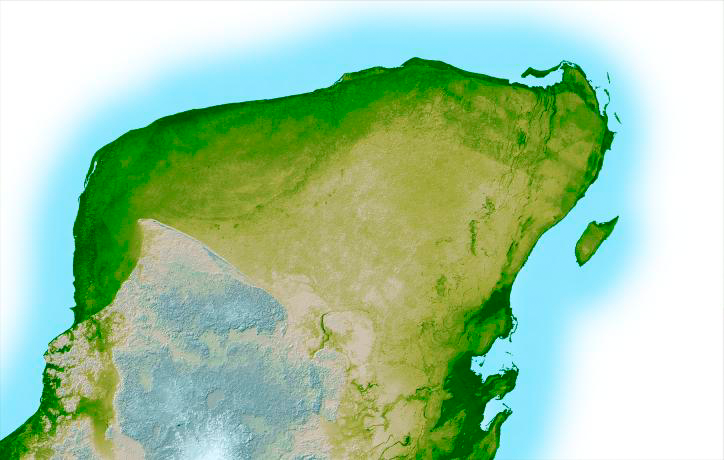Prehistoric Bees and Flowers: What the Fossil Record Reveals
The intricate dance between bees and flowers represents one of nature’s most enduring partnerships, a relationship that has shaped Earth’s ecosystems for millions of years. This ancient alliance began long before humans walked the planet, evolving through countless geological ages to produce the diverse botanical world we recognize today. Through careful examination of fossilized remains—from ...













